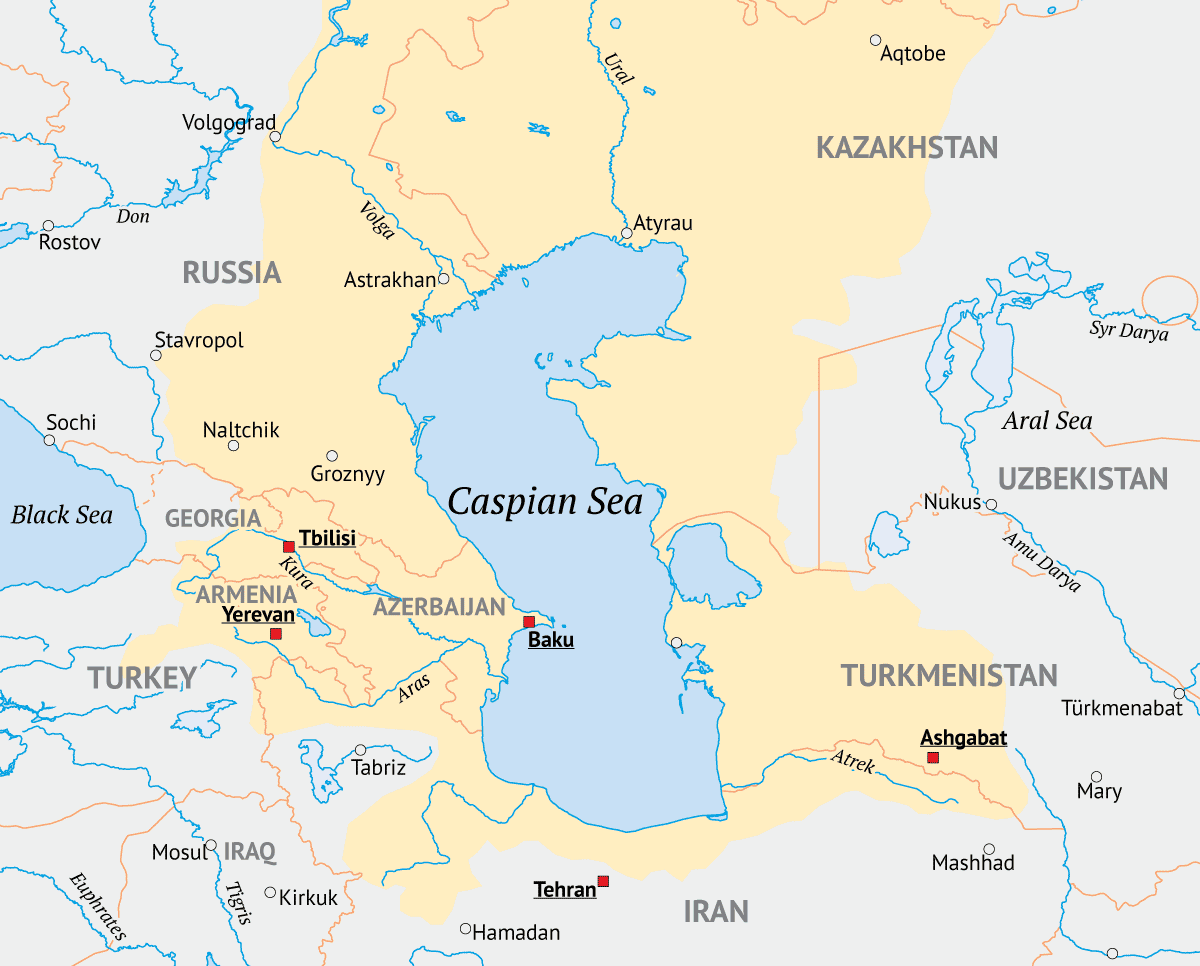Animal Welfare Board of India (AWBI)
AWBI will honour Champions of Animal Protection Award under two major categories Prani Mitra and Jeev Daya Award.
- This initiative aims to recognize outstanding individuals and organizations for their remarkable contributions to animal welfare and protection.
About AWBI
- Prevention of Cruelty to Animal Act (PCAA) 1960 established the AWBI in 1962 as a statutory advisory body on Animal Welfare Laws and promotes animal welfare.
- It was started under the stewardship of Rukmini Devi Arundale, well known humanitarian.
- It consists of 28 Members including 6 Members of Parliament (2 from Rajya Sabha and 4 from Lok Sabha).
- Tags :
- Rukmini Devi Arundale
- Animal Champions Award
- PCAA 1960
Articles Sources
General Anti Avoidance Rules
Income tax authorities can issue reassessment notices under General Anti Avoidance Rules (GAAR) under the proposed Income Tax Bill, 2025.
About GAAR
- It is an anti-tax avoidance law to curb tax evasion and avoid tax leaks.
- It acts as a tool for checking aggressive tax planning especially that transaction or business arrangement which is/are entered into with the objective of avoiding tax.
- Currently, since April 01, 2017, it has been established under the Income Tax Act, 1961.
- GAAR was reviewed by an expert committee led by Parthasarathy Shome.
- Tags :
- Income Tax Bill, 2025
- General Anti Avoidance Rules
- Income Tax Act, 1961
Bhitarkanika National Park (BNP)
Migratory birds leave BNP due to rise in temperature.
About BNP
- Ecosystem: India’s 2nd largest mangrove ecosystem after the Sunderbans.
- Formed by creeks & canals fed by Brahmani, Baitarani, Dhamra, and Patasala rivers.
- Fauna: Consists of largest population of endangered Saltwater Crocodiles in India.
- Olive Ridley turtles’ nest on Gahirmatha and other nearby beaches.
- Other key species include Migratory birds, 8 Kingfisher varieties, deer, hyenas, wild boars, etc.
- Unique Phenomenon: Bagagahana or the heronry near Surajpore creek wherein thousands of birds colonise the creek for nesting and the aerial acrobatics performed before the mating.
- Tags :
- Bhitarkanika National Park
- Brahmani River
- Bagagahana
Caspian Sea
Environmental activists raised concerns over the rapidly declining water levels in the Caspian Sea.
- It has already lost nearly 31,000 square km since 2005.

About Caspian Sea
- It is the largest enclosed water body in the world.
- The sea is bordered by five countries: Kazakhstan, Azerbaijan, Russia, Turkmenistan, and Iran.
- Kazakhstan has the longest coastline along the Caspian Sea.
- Its oil reserves are estimated at 48 billion barrels.
- Reasons for declining water level: The climate crisis, excessive water use for agriculture, and pollution from nuclear waste, industry and poor urban planning, etc.
- Tags :
- Kazakhstan
- Caspian Sea
Red Color of Mars
A study published in Nature Communications challenges the long-held belief about Mars' red color.
Findings of the New study about Red Color of Mars (The Red Planet)
- Previous studies attributed Mars’ red color to Anhydrous Hematite formed through recent weathering.
- New study finds poorly crystalline Ferrihydrite (Fe5O8H · nH2O) is the main iron oxide in Martian dust.
- It is formed during a cold, wet period on early Mars under oxidative conditions. It suggests Mars underwent aqueous alteration before becoming the dry desert seen today
- Tags :
- Ferrihydrite
- Anhydrous Hematite
WHO FCTC
WHO marks 20 years of its first global treaty, the WHO Framework Convention on Tobacco Control (WHO FCTC).
About WHO FCTC
- Genesis: Adopted in 2003, enforced in 2005.
- Purpose: Provides a legal framework for tobacco control which includes large pictorial health warnings, smoke-free laws, and higher taxes.
- India’s Role: Ratified in 2004, served as South-East Asia’s regional coordinator.
- Impact: 5.6 billion people covered by at least one policy, contributing to declining global smoking rates.
- Tags :
- World Health Organization
- FCTC
Articles Sources
Tantric Buddhism and Relics
A 1.4m Buddha head and stupas (1,500+ years old) found in Ratnagiri, Odisha, confirm its role as a Tantric Buddhism hub.
- Buddhism has three main schools: Theravāda (orthodox), Mahāyāna (includes Zen & Pure Land), and Vajrayāna (includes Tibetan Buddhism).
Evolution of Tantric Buddhism
- Tantric Buddhism was a shift from abstract philosophy to sadhana (practical methods) for enlightenment.
- Mahayana Buddhism introduced mantras & rituals, leading to two branches: Mantrayana (early Tantra) & Paramita-yana.
- The mantra-yana may be regarded as the ‘initial’ stage of Tantric Buddhism when yogic practices got added to it, it was full-fledged Tantric Buddhism’.
- Tags :
- Tantric Buddhism
- Mantrayana
- Paramita-yana
Battle of Karnal
Battle of Karnal fought on February 24, 1739 shaped the political landscape of the subcontinent.
About the Battle of Karnal
- Fought between Nadir Shah, ruler of Afsharid Persia and the Mughal Empire led by Emperor Muhammad Shah.
- Outcome: Mughal forces were defeated and Emperor Muhammad Shah was taken captive by Nadir Shah, marking a significant blow to the Mughal Empire’s authority and prestige.
- Nadir Shah sacked Agra and Delhi and carried the Peacock Throne and the Koh-i-Noor to Persia.
- Significance: Highlighted the growing influence of external powers and the weakening grip of the Mughals over their dominions.
- It also laid the groundwork for further invasions and foreign interventions in India.
- Tags :
- Battle of Karnal
- Peacock Throne
- Koh-i-Noor



